Love Is Love
LGBTQ+ Still Struggle for Equality
Two students at Abington High School hold hands in the hallway on Friday, December 6, 2019.
December 6, 2019
“That’s so gay, dude!” and “Oh my gosh, he’s dating a guy?!” are all too commonly heard in school hallways. These comments represent the sad truth that despite LGBTQ+ people having more legal rights than ever before, the fight for equality is not over yet.
People tend not to care about issues that do not affect them directly. Political progress has been made, but society is slower to change. You can pass a bill and have people marry, but if people are still in the mindset that it is “wrong,” it is harder for same-sex couples to be accepted.
The U.S. Supreme Court legalized same-sex marriage in all states on June 26, 2015. Although heterosexual couples have been able to wed for hundreds of years, it has only been four and a half years since same-sex couples have had that right.
But even with the legal aspects supporting same-sex marriage, it is still socially difficult for many identifying as lesbian, gay, bisexual, transgender, and queer to live in peace.
It was a little over three years ago when, on June 12, 2016, there was a mass shooting at the Pulse nightclub in Florida, with 49 people killed and 53 injured. This massacre showed how much further society has to go before LGBTQ+ can live without fear.
This year, according to a Nov. 18, 2019 online CNN article, at least twenty-two transgender people have been killed, the majority of them being black women. These hate crimes are appalling. And yet, they are not often brought up in media.
From the time that we are old enough to become aware of our surroundings, we have been engulfed by media showing images of love between a man and a woman. From the movies we watch, to the TV shows in our homes, to the books we read in school, we are constantly shown what many in society think love looks like. An image of a man and a woman.
Think of all the amazing romantic stories that are cultural staples: “Romeo and Juliet,” every Disney movie, “The Titanic,” “When Harry Met Sally.” All of these classic stories are about a man and woman falling in love. While undoubtedly sweet and worthy of watching, there is a clear lack of representation for LGBTQ+ couples.
This sends a message that those who don’t fit the mold are somehow wrong and need to change. This makes those in the LGBTQ+ community, especially students who are insecure already, feel isolated. They can be led to feel invisible. Like they need to hide themselves.
Just by holding hands in public, there is a target on the backs of same-sex couples. They have to be alert all the time. Just by presenting as their identified gender, transgender people can put themselves at risk for harassment or worse. Every day is a reminder that some in society do not like those who are different. Every day is a reminder that the world we live in is not always kind.
Those in same-sex relationships can be made to feel almost “dirty” or like they are not supposed to talk about it. It is fine for some students if another student is gay, but once that person gets into a same-sex relationship, it becomes a problem for some. As long as identity is something you can put in the closet and shove away, others can accept it.
This double standard is not okay.
Seemingly innocent questions like “So, who’s the man in the relationship?” and “Oh, my cousin’s gay too!” can prove to be uncomfortable for LGBTQ+ people. Those questions and comments show how little same-sex relationships are discussed. Too many only have one reference point and use it for everything. There needs to be a better awareness of LGBTQ+ so that discussions become less awkward.
By continuing to talk about it, many in society will be more accepting of same-sex couples and the LGBTQ+ community. While waving their rainbow flag with pride and holding their partner’s hand, those in the LGBTQ+ community can boldly tell the world “This is who I am, and I am not changing for you.”




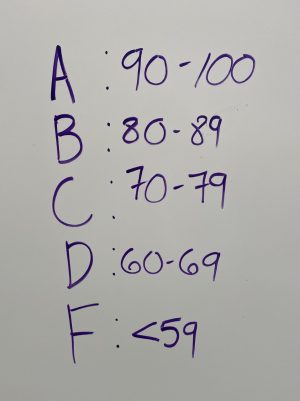
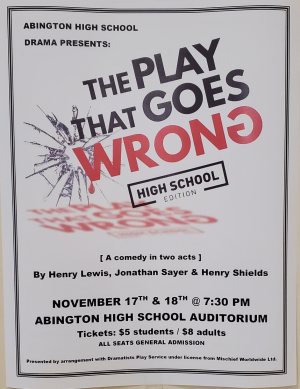

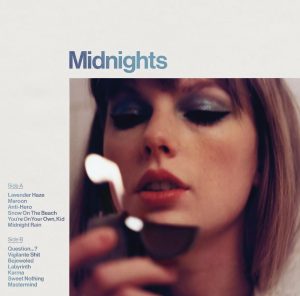
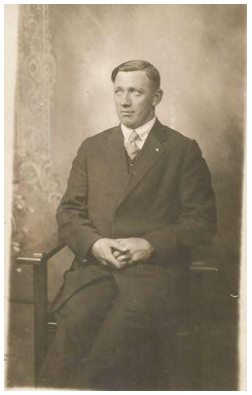

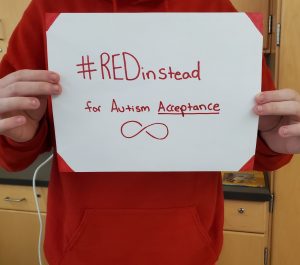

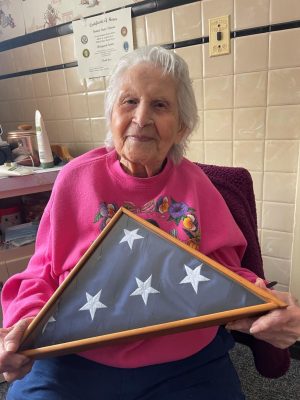
Marilyn Weber • Dec 7, 2019 at 8:33 AM
Well-written article, Amaya! Your article shows clear, mature thought and compassion. There is hope for the future. Keep shining the light!
Elizabeth Gonsalves • Dec 6, 2019 at 3:56 PM
Thank you, Amaya, for bringing the LGBTQ+ conversation to our community, particularly about the double standard in the attention given to relationships. Your article reminds us to make Abington HS more comfortable and supportive for all our students,